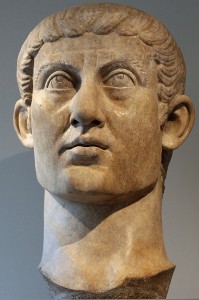If I’ve heard it once, I’ve heard it a thousand times: some erstwhile young church planter says to me, “I’m really looking to plant an Acts 2 church.” Usually, they’re moving to Seattle-the-most-unchurched-city-in-America-actually-closer-to-Europe-than-to-anywhere-in-the-U.S. My retort is always the same: “Yeah, that lasted about five verses; then God started killing the liars.”
Well, that wonderful little passage at the end of Acts 2 comes up in the lectionary this week. Russell Rathbun, curator of The Hardest Question, a lectionary blog, has a great post on this passage, in which he questions our assumptions about the Utopian Church:
Sixty seven million hits on a Google search for “Acts 2 Church” can’t be wrong—that’s over a million entries for every verse. There are Baptist, United Methodist, Lutheran, Pentecostal, Pietiest, Mennonite and no end of independent and evangelical congregations that go by the name Acts 2 Church. There are the “Acts 2 Network,” “How to Be an Acts 2 Church,” “Building an Acts 2 Church,” the “Acts 2 Process”—plus, like a million other attempts at incarnating, reviving or re-establishing the original.
The curious thing is, the author of the Acts of the Apostles never mentions it again. The Utopian Church does not seem to serve as a model as the faith is expanded. Acts famously begins in Jerusalem and ends in Rome, where according to Eusebius it builds structures and hierarchies until it becomes something that fits in nicely with the Roman Empire.











